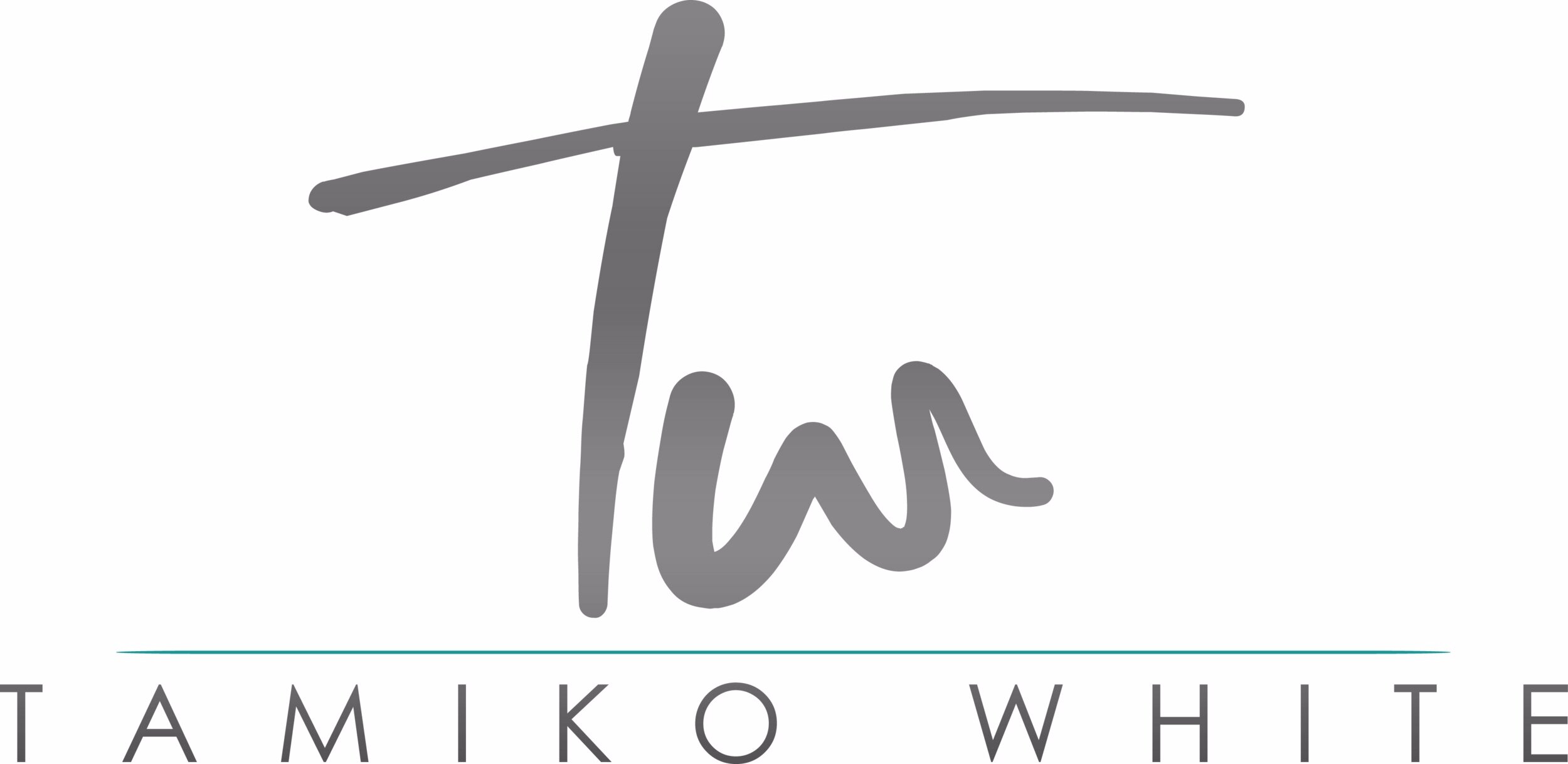The New Retail Order
Reuters/ Evgenia Novozhenina
I wonder if influencer marketing was a lead in to life in the time of corona. It was great practice for getting creative about how to teach, wear and use products. Brands and retailers alike now have to take it a step further to be creative about how to engage and provide contactless experiences for their customers.
With all 50 states open in some aspect, fashion businesses are faced with the unique challenge of servicing their community while ensuring safety from an invisible contact virus.
For each fashion industry sector, this poses specific challenges. In the luxury market, experience, customer service, and sensual visuals are expectations. Now, when customers require safety reassurance, the previous sexy atmosphere will be interrupted by bold signage with new rules on how to socially distance. What once was a visceral experience of touch and smell is now blocked by sneeze guards and single use plastic mitts.
For department stores and mass retailers whose business model is based on volume, it means limiting foot traffic and monitored merchandise allocation. This am at Target, I stood on line for 20 minutes to get in and then on line inside for 15 minutes to get my 1 bottle of clorox spray and 1 box of plastic gloves from a roped off aisle capped with a security guard at each end.
This is one example of the new shopping norm. A few more may include:
No More Cash Wraps: Remote POS stations and cash wraps becoming a memory replaced by no contact tablets or tap credit card kiosks.
Clothing on Quarantine: No more window shopping or trying on clothes for fun. Clothing will be quarantined after they are tried on and less customers will be allowed in stores. Additionally, stores that make it a policy to remove merchandise from the floor for 24-72 hours once it’s been tried on will be mindful of their revolving merchandise assortment and emphasize to sales associates the importance of closing sales.
One on One Customer Service: To reduce risk, associates will need to limit their interaction to those that are there to actually make a purchase and will be intent on only servicing serious shoppers. Some stores will have appointment only shopping which will weed out the “I’m just looking” browser. They will be much more deliberate with their customer outreach and engagement.
Take the Stairs: Stores like Saks will prohibit elevator use unless pregnant, elderly, or disabled. Escalators will have social distancing markers.
Curtailed Store Hours: There will be reduced store hours to limit contact and curbside pickup will be added as customer support. Online digital incentives will increase so get ready for more emails and text messages.
No Makeup Application: For sanitary reasons and to help customers feel more secure, stores like Macys will be using paper sketches to demonstrate make-up for customers. Free makeup applications increase risk and may disappear.
Fewer Fragrance Fouls: Beauty and fragrance counters will be outfitted with plexiglass barriers with employees wearing face masks or replaced completely with contactless checkout. The in-your-face perfume sprayers will be a thing of the past. (I’m kinda ok with this one - lol)
Food Festival - Squatting at the food court won’t lend to social distancing or consistent disinfecting. Seating may be limited to 30 mins so staff can disinfect tables or be eliminated all together.
Touch Screen Wayfinding Signs - Wayfinding signs could become virtual via the a store/mall smartphone app. The app will have GPS and possibly enabled when near or in the store or mall.
As we learn to live with this elusive foe, multi-tasking dining rooms, and DIY tutorials, retailers are forced to consider WHY their customers consume their offering and how they can provide safety as well as value.
Yet, as new and as mysterious as this retail future may seem, I truly believe it will be a great opportunity for transformation and innovation.
After all, the fashion industry, its production, distribution and calendar have long needed an overhaul. What better time to do it than now.

